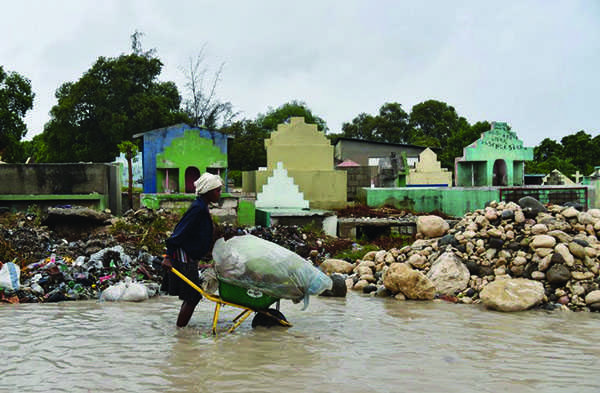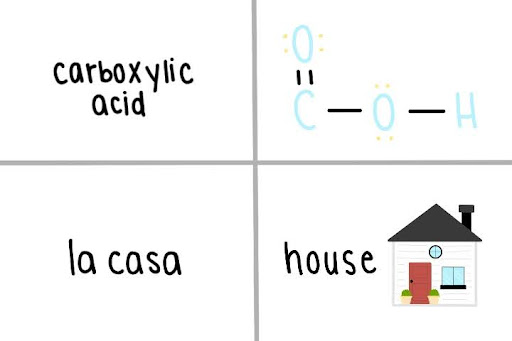The disastrous effects of Hurricane Matthew

Photo Provided by Google Public Use
The streets of Port-au-Prince in Haiti were severely flooded after the hurricane.
October 18, 2016
Hurricane Matthew has caused chaos in southeastern U.S. and the Caribbean in recent weeks. An astonishing 42 people have died in the U.S., and many more in Haiti. The hurricane has had extreme detrimental effects on the areas affected.
The hurricane formed on Sept. 28, off the coast of Africa, and then moved to the Caribbean. Underdeveloped countries like Haiti were struck with despair as the 160 mph hurricane struck. Particularly, Haiti’s damage has totaled up to be around $1 billion.
Haiti has had previous struggles with Mother Nature, as it was still recovering from the atrocious earthquake that occurred in 2010, leaving 160,000 people dead and 1.5 million homeless. Not only was Haiti in a difficult stage before Hurricane Matthew, but reports of Cholera have been skyrocketing since the hurricane. A large amount of Cholera vaccine doses are being sent to Haiti in hope of controlling the disease. Cholera is spread by unclean drinking water and poor hygiene. It will take a great amount of aid for Haiti to recover from the hurricane.
North Carolina is also an area affected by the hurricane that is struggling immensely. The town of Princeville is reported to be underwater. At least 2,000 residents of the town evacuated from the dangerous area.
“This is a disaster area,” said Gov. of N.C., Pat McCrory, on CNN News. “It’s not going to recover in 24 hours, and it’s still going on as we speak, not only in Princeville but 150 miles from here.”
Hurricane Matthew has caused disaster and worry for many people in the Caribbean and U.S. Recovery efforts are being taken, but for countries like Haiti, it may take many years before it is able to return to a stable state.






